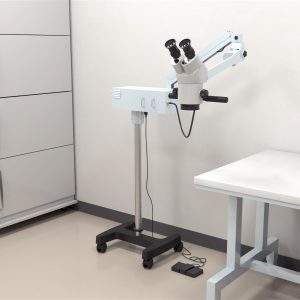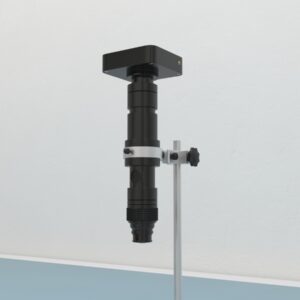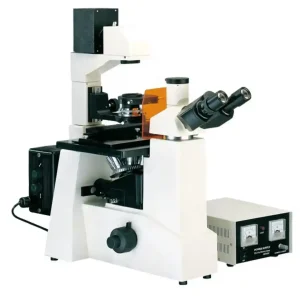Microscopes
Showing 1–6 of 16 results
-

Binocular Surgical Microscope
$6,990.00 Add to cart -

Desktop Binocular Stereo Microscope
$1,970.00 Add to cart -
Sale!

Digital Microscope
Original price was: $2,090.00.$1,430.00Current price is: $1,430.00. Add to cart -

Halogen Lamp Fluorescence Microscope
$1,690.00 Add to cart -

Inverted Fluorescent Microscope
$7,990.00 – $8,590.00 Select options This product has multiple variants. The options may be chosen on the product page -

Laboratory Student Microscope with LED Illumination with 5MP Eyepiece Camera
$145.00 Add to cart

